filter
-
Brand
- By Category
- Direction
- Date Range
48Events
Pictures
Events
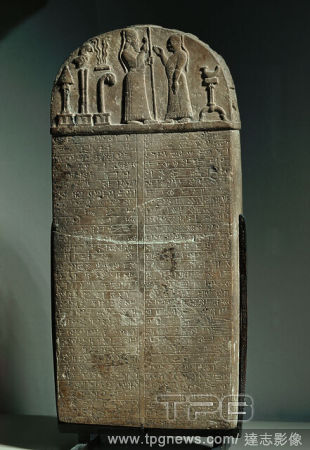
Editorial Kudurru of king Marduk-zakir-shumi (852-828 BCE) An act of donation to a priest of the temple of Eanna of Uruk. Priest and king are surrounded by the insignia of royalty. 851 BCE. From Warka, Mesopotamia Limestone, 32,4 x 14,7 cm AO 6684.
- 2022-12-24
- 1
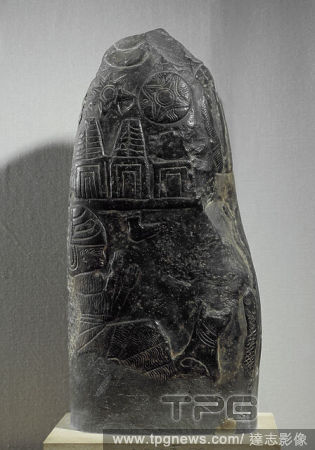
Editorial Kudurru with Gula, goddess of medicine. Kassite period, 1595-1200 BCE Brought as booty from Babylon to Susa in the 12th BCE. Limestone, H: 36 cm Sb 27.
- 2022-12-24
- 1

Editorial Kudurru of Babylonian king Melishishu II (1202-1188). Reverse side. Limestone, 68x30 cm Sb 22.
- 2022-12-24
- 1

Editorial Goddess Gula with her dog, Kudurru of Nazimarutash, from the temple of Marduk, Babylon. Black limestone, 2nd half 14th BCE. Kassite period.
- 2022-12-24
- 2
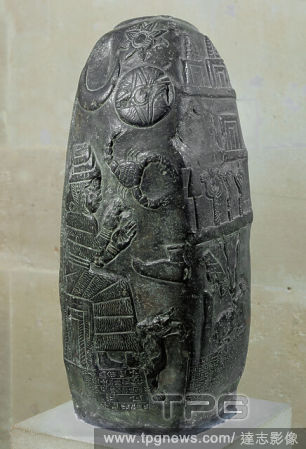
Editorial Goddess Gula with her dog. Kudurru of Nazimarutash. Above her the crescent of the moon god, the star of Ishtar, the solar disk of Shamash and the scorpion of the underworld. War booty brought to Susa, 12th BCE Black limestone, Kassite period, 55 x 22 c...
- 2022-12-24
- 2
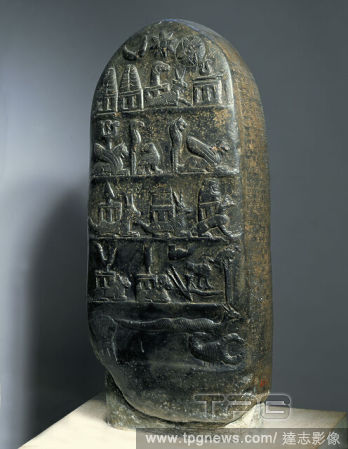
Editorial Kudurru of Babylonian king Melishishu II (1202-1188) showing emblems of the chief gods Anu, Enlil and Ea; above them the crescent of the moon god, the star of Ishtar and the sun of Shamash. At the bottom snake and scorpion of the underworld. Limestone,...
- 2022-12-24
- 2

Editorial Fragment of inscribed prism (kudurru), Neo-Babylonian, ca. 7th?6th century B.C., Mesopotamia, Babylon (?), Babylonian, Clay, 3 x 4 x .75 in. (7.62 x 10.16 x 1.9 cm), Clay-Tablets-Inscribed.
- 2022-12-24
- 1
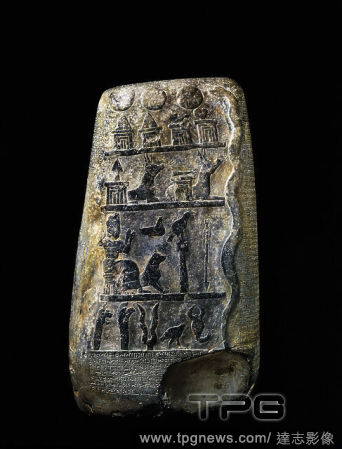
Editorial Kudurru, Babylonian, 978-934 BC. It records a legal settle-ment of the title to an estate near the city of Sha-mamitu, ancient Mesopotamia. Nineteen divine symbols protect the document, with a snake on the right. Nabumukin-apli, king of Babylon, and Ar...
- 2022-12-24
- 1

Editorial Mesopotamian Art. Middle Babylonian. Limestone kudurru from the riegn of Marduk-nadin-ahhe (1099?1082 BC). Block of black limestone. The upper portion is carved with symbols. Inscribed with cuneiform script. Land grant. British Museum. London. United K...
- 2022-12-24
- 4

Editorial Mesopotamia. Babylonial. Michaux stone or Kudurru. Late Kassite period found near Baghdad. 11th Century BC. Marduk-nadin-ahhe reign. 2n Dynasty of Isin. National Library. Paris. France.
- 2022-12-24
- 1

Editorial Babylonian. Second Dynasty of Isin in the reign of Nebuchadnezzar II (1126-1105 BC). Boundary-stone. Kudurru. Limestone stela. Relief with symbols. Sippar, Abu Habba. Iraq. British Museum.
- 2022-12-24
- 5
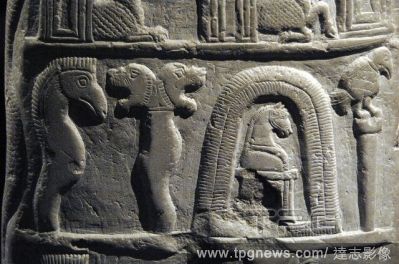
Editorial Babylonian. Second Dynasty of Isin in the reign of Nebuchadnezzar II (1126-1105 BC). Boundary-stone. Kudurru. Limestone stela. Relief with symbols. Sippar, Abu Habba. Iraq. British Museum.
- 2022-12-24
- 1
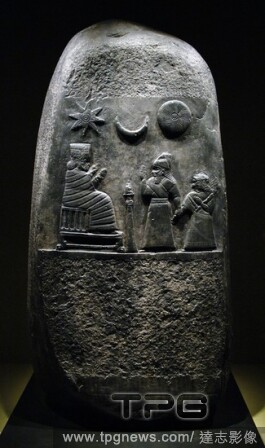
Editorial Kudurru (stele) of King Melishipak (1186-1172 BC). The king presents his daughter to the goddess Nannaya. The crescent moon represents the god Sin, the sun the Shamash and the star the goddess Ishtar. Kassite period. Taken to Susa (Iran) in 12th centur...
- 2021-02-21
- 3
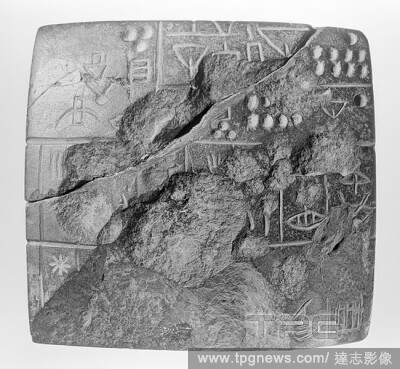
Editorial A heavily damaged stone certificate in tablet form. The text is not linear but pictographic. Such stone charters, called kudurru, were mainly used for capturing the transfers of real estate., Inscription, stone, L 3 cm, W 9.5 cm, H 10 cm, 2750-2500 BC,...
- 2021-02-21
- 1
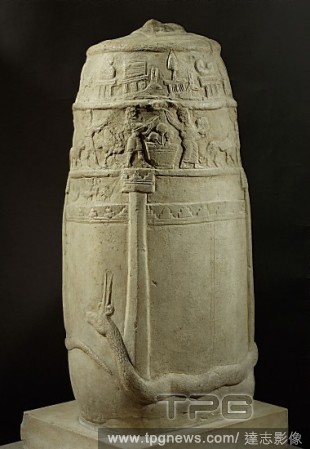
Editorial Unfinished Kudurru, yellow limestone stele, on which the text was never engraved; the space for the text is marked by a crenellated wall with towers. Top: the divine emblems, below a procession of animals and musi-cians; Marduk's horned snake around th...
- 2020-12-01
- 1
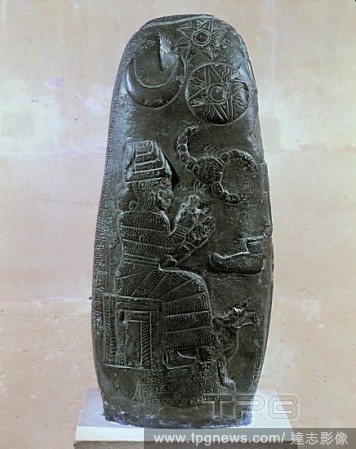
Editorial Goddess Gula with her dog, Kudurru of Nazimarutash, from the temple of Marduk, Babylon. Black limestone, 2nd half 14th BCE. Kassite period.
- 2020-12-01
- 2
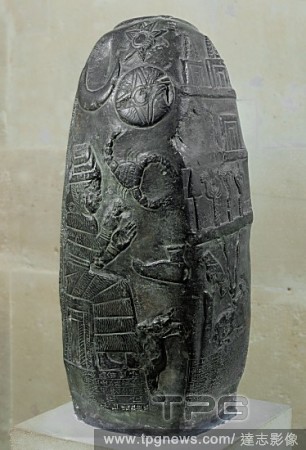
Editorial Goddess Gula with her dog. Kudurru of Nazimarutash. Above her the crescent of the moon god, the star of Ishtar, the solar disk of Shamash and the scorpion of the underworld. War booty brought to Susa, 12th BCE Black limestone, Kassite period, 55 x 22 c...
- 2020-12-01
- 2

Editorial Kudurru of Babylonian King Melishishu II,1202-1188 BCE who presents his daughter (holding a harp) to Nanai, goddess of health and medicine (detail of 08-02-05 / 60) Black limestone Kudurru found at Susa, Iran 83 x 42 cm-Sb 23.
- 2020-12-01
- 1

Editorial Kudurru (stele) of King Melishipak I (1186?1172 BC). The king introduces his daughter to the goddess Nannaya. The crescent moon represents the god Sin, the sun the Shamash and the star represents the goddess Ishtar. Kassite period, taken to Susa in the...
- 2020-12-01
- 1
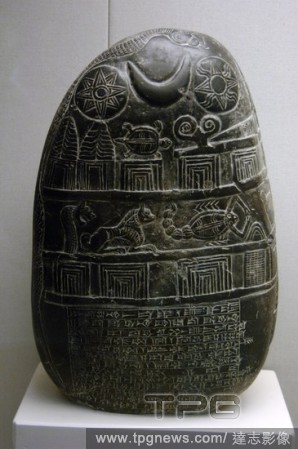
Editorial Mesopotamian Art. Kassite Dynasty. The Eanna-shum-iddina kudurru (1125-1100 B.C.). It describes the land grant made by Governor Eanna-shum-iddina to Gula-Eresh witnessed by his surveyor Amurru-Bel-Zeri. The bottom is inscribed in cuneiform script and ...
- 2020-12-01
- 2
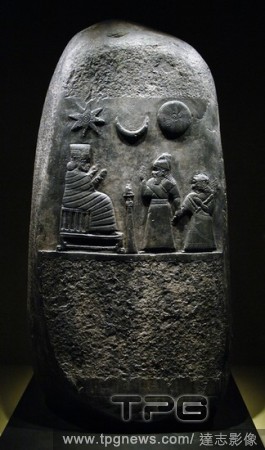
Editorial ARTE MESOPOTAMICO. EPOCA CASITA. KUDURRU (Estela) DE MELI-SHIPAK, REY DE BABILONIA (1186-1172 a. C.) CONMEMORANDO UNA DONACION DE TIERRAS A SU HIJA HUNNUBAT-NANAYA. Piedra calc?rea gris. Procede de Susa. Museo del Louvre. Par?s. Francia.
- 2020-12-01
- 1
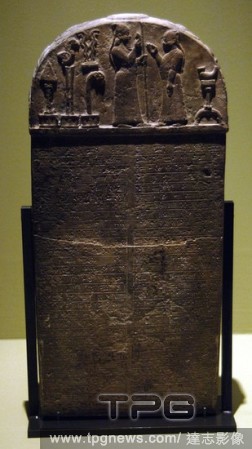
Editorial Kudurru (stele) of King Marduk-zakir-shumi (852-828 BC). An act of donation to a priest of the temple of Eana of Uruk. Mesopotamia. Limestone. Cuneiforme. Babylon exposore. Louvre. Paris.
- 2020-12-01
- 1

Editorial Near East. Mesopotamia. Kudurru (boundary stone). Babylonia. Cassite Period (1550-1155 BC). Iraq. The State Hermitage Museum. Saint Petersburg. Russia.
- 2020-11-26
- 1
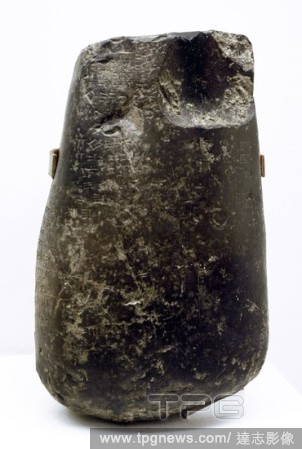
Editorial Near East. Mesopotamia. Kudurru (boundary stone). Babylonia. Cassite Period (1550-1155 BC). Iraq. The State Hermitage Museum. Saint Petersburg. Russia.
- 2020-09-11
- 1
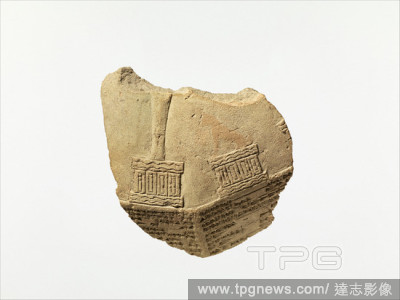
Editorial Corner fragment of inscribed prism (kudurru), Neo-Babylonian, ca. 7th?6th century B.C., Mesopotamia, Babylon (?), Babylonian, Clay, 4.02 x 3.5 x .5 in. (10.21 x 8.89 x 1.4 cm), Clay-Tablets-Inscribed, The invention of writing in approximately 3300 B.C....
- 2019-12-17
- 1
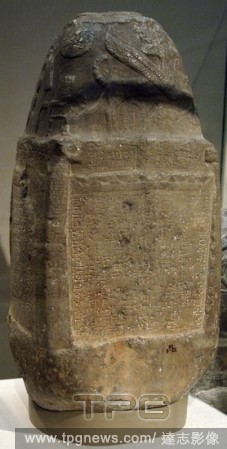
Editorial Mesopotamian Art. Kassite Dynasty. Limestone kudurru. Four-sided block with conical top. Right side. The text contains a deed of gift recording a grant of fifty 'gur' of corn-land in the province of Bit-Pir'-Amurri by Meli-Shipak to Khasardu, the son ...
- 2019-09-16
- 1
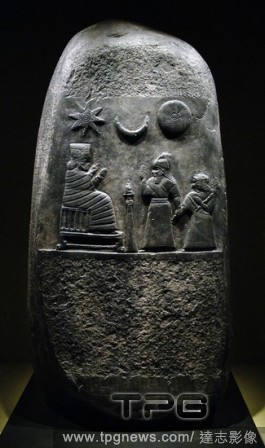
Editorial ARTE MESOPOTAMICO. EPOCA CASITA. KUDURRU (Estela) DE MELI-SHIPAK, REY DE BABILONIA (1186-1172 a. C.) CONMEMORANDO UNA DONACION DE TIERRAS A SU HIJA HUNNUBAT-NANAYA. Piedra calc?rea gris. Procede de Susa. Museo del Louvre. Par?s. Francia.
- 2019-09-16
- 1

Editorial Mesopotamia. Kudurru (stele) of Shitti-Marduk. Limestone. Inscription. Cuneiform. Nebuchadnezzar I (1124-1105 BC) reign. Elamite campaign. From Sippar (Abu Habba). Babylonian.
- 2019-09-16
- 1
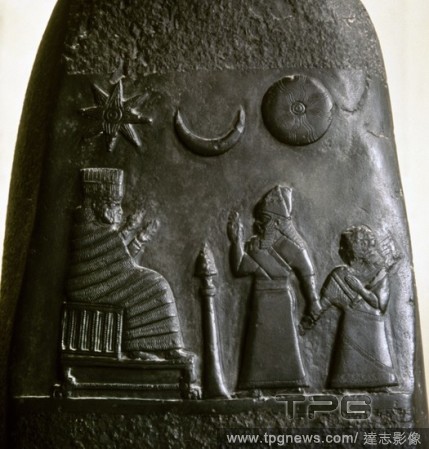
Editorial Kudurru (stele) of King Melishipak I (1186?1172 BC). The king introduces his daughter to the goddess Nannaya. The crescent moon represents the god Sin, the sun the Shamash and the star represents the goddess Ishtar. Kassite period, taken to Susa in the...
- 2019-07-09
- 1
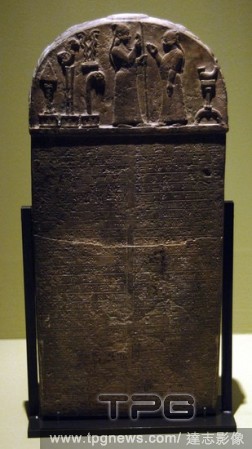
Editorial Kudurru (stele) of King Marduk-zakir-shumi (852-828 BC). An act of donation to a priest of the temple of Eana of Uruk. Mesopotamia. Limestone. Cuneiforme. Babylon exposore. Louvre. Paris.
- 2019-07-09
- 1

Editorial Goddess Gula with her dog, Kudurru of Nazimarutash, from the temple of Marduk, Babylon. Black limestone, 2nd half 14th BCE. Kassite period.
- 2019-01-23
- 1

Editorial Goddess Gula with her dog. Kudurru of Nazimarutash. Above her the crescent of the moon god, the star of Ishtar, the solar disk of Shamash and the scorpion of the underworld. War booty brought to Susa, 12th BCE Black limestone, Kassite period, 55 x 22 c...
- 2019-01-23
- 1
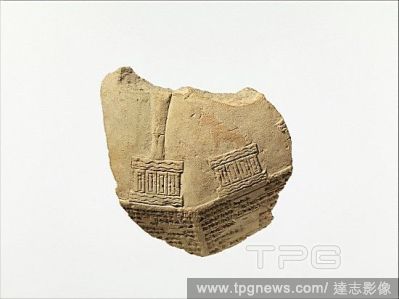
Editorial Corner fragment of inscribed prism (kudurru), Neo-Babylonian, ca. 7th?6th century B.C., Mesopotamia, Babylon (?), Babylonian, Clay, 4.02 x 3.5 x .5 in. (10.21 x 8.89 x 1.4 cm), Clay-Tablets-Inscribed, The invention of writing in approximately 3300 B.C....
- 2018-08-03
- 1

Editorial Fragment of inscribed prism (kudurru), Neo-Babylonian, ca. 7th?6th century B.C., Mesopotamia, Babylon (?), Babylonian, Clay, 3 x 4 x .75 in. (7.62 x 10.16 x 1.9 cm), Clay-Tablets-Inscribed.
- 2018-08-03
- 1

Editorial Top fragment of a kudurru with a mushhushshu dragon and divine symbols, Second Dynasty of Isin, ca. 1156?1025 B.C., Mesopotamia, Limestone, H. 6 1/2 x W. 4 x D. 7 1/4 in. (16.5 x 10 x 18.4 cm), Stone-Sculpture-Inscribed, Known as kudurrus or narus, a d...
- 2018-08-03
- 1
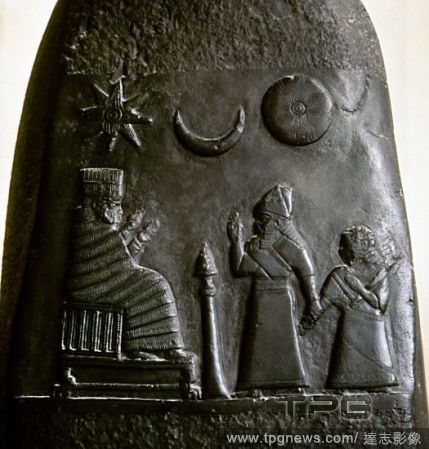
Editorial Kudurru (stele) of King Melishipak I (1186?1172 BC). The king introduces his daughter to the goddess Nannaya. The crescent moon represents the god Sin, the sun the Shamash and the star represents the goddess Ishtar. Kassite period, taken to Susa in the...
- 2018-07-30
- 1

Editorial Near East. Mesopotamia. Kudurru (boundary stone). Babylonia. Cassite Period (1550-1155 BC). Iraq. The State Hermitage Museum. Saint Petersburg. Russia.
- 2018-07-30
- 1
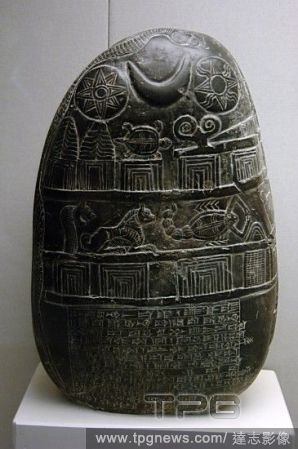
Editorial Mesopotamian Art. Kassite Dynasty. The Eanna-shum-iddina kudurru (1125-1100 B.C.). It describes the land grant made by Governor Eanna-shum-iddina to Gula-Eresh witnessed by his surveyor Amurru-Bel-Zeri. The bottom is inscribed in cuneiform script and ...
- 2018-07-24
- 7
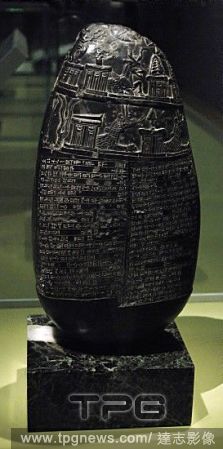
Editorial Mesopotamia. Babylonial. Michaux stone or Kudurru. Late Kassite period found near Baghdad. 11th Century BC. Marduk-nadin-ahhe reign. 2n Dynasty of Isin. National Library. Paris. France.
- 2018-07-24
- 4
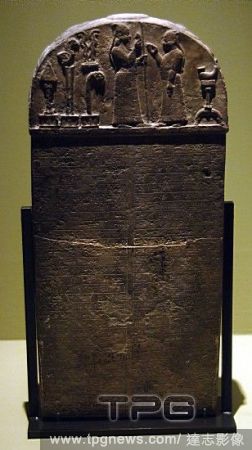
Editorial Kudurru (stele) of King Marduk-zakir-shumi (852-828 BC). An act of donation to a priest of the temple of Eana of Uruk. Mesopotamia. Limestone. Cuneiforme. Babylon exposore. Louvre. Paris.
- 2018-07-24
- 8
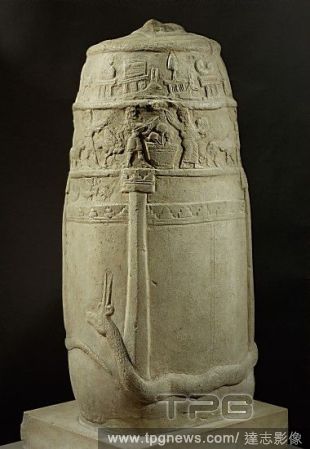
Editorial Unfinished Kudurru, yellow limestone stele, on which the text was never engraved; the space for the text is marked by a crenellated wall with towers. Top: the divine emblems, below a procession of animals and musi-cians; Marduk's horned snake around th...
- 2018-06-20
- 1
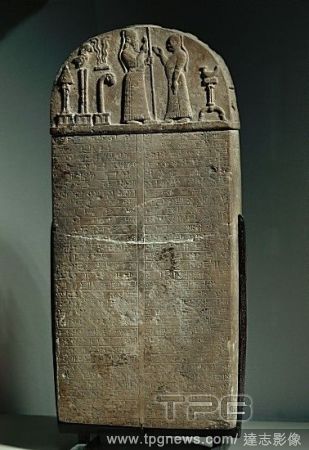
Editorial Kudurru of king Marduk-zakir-shumi (852-828 BCE) An act of donation to a priest of the temple of Eanna of Uruk. Priest and king are surrounded by the insignia of royalty. 851 BCE. From Warka, Mesopotamia Limestone, 32,4 x 14,7 cm AO 6684.
- 2018-06-20
- 1
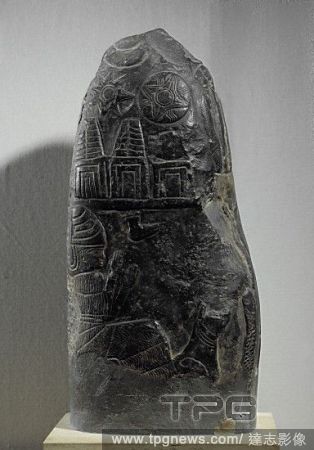
Editorial Kudurru with Gula, goddess of medicine. Kassite period, 1595-1200 BCE Brought as booty from Babylon to Susa in the 12th BCE. Limestone, H: 36 cm Sb 27.
- 2018-06-20
- 1
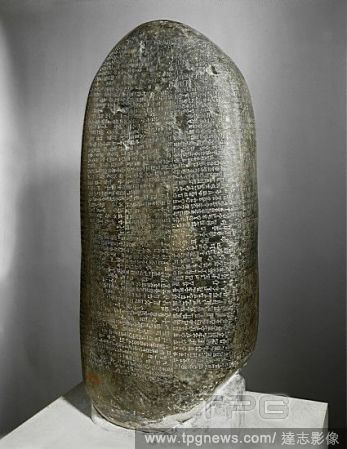
Editorial Kudurru of Babylonian king Melishishu II (1202-1188). Reverse side. Limestone, 68x30 cm Sb 22.
- 2018-06-20
- 1

Editorial Goddess Gula with her dog, Kudurru of Nazimarutash, from the temple of Marduk, Babylon. Black limestone, 2nd half 14th BCE. Kassite period.
- 2018-06-20
- 2

Editorial Goddess Gula with her dog. Kudurru of Nazimarutash. Above her the crescent of the moon god, the star of Ishtar, the solar disk of Shamash and the scorpion of the underworld. War booty brought to Susa, 12th BCE Black limestone, Kassite period, 55 x 22 c...
- 2018-06-19
- 2
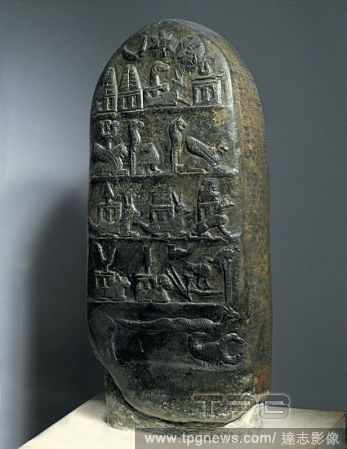
Editorial Kudurru of Babylonian king Melishishu II (1202-1188) showing emblems of the chief gods Anu, Enlil and Ea; above them the crescent of the moon god, the star of Ishtar and the sun of Shamash. At the bottom snake and scorpion of the underworld. Limestone,...
- 2018-06-19
- 2
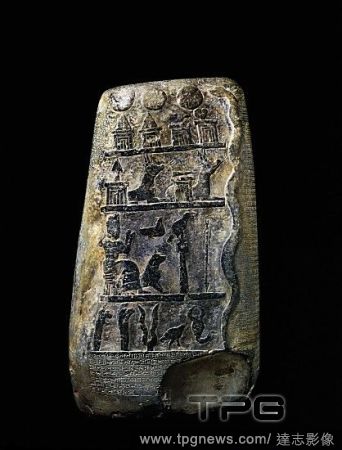
Editorial Kudurru, Babylonian, 978-934 BC. It records a legal settle-ment of the title to an estate near the city of Sha-mamitu, ancient Mesopotamia. Nineteen divine symbols protect the document, with a snake on the right. Nabumukin-apli, king of Babylon, and Ar...
- 2018-06-19
- 1
 Loading
Loading 